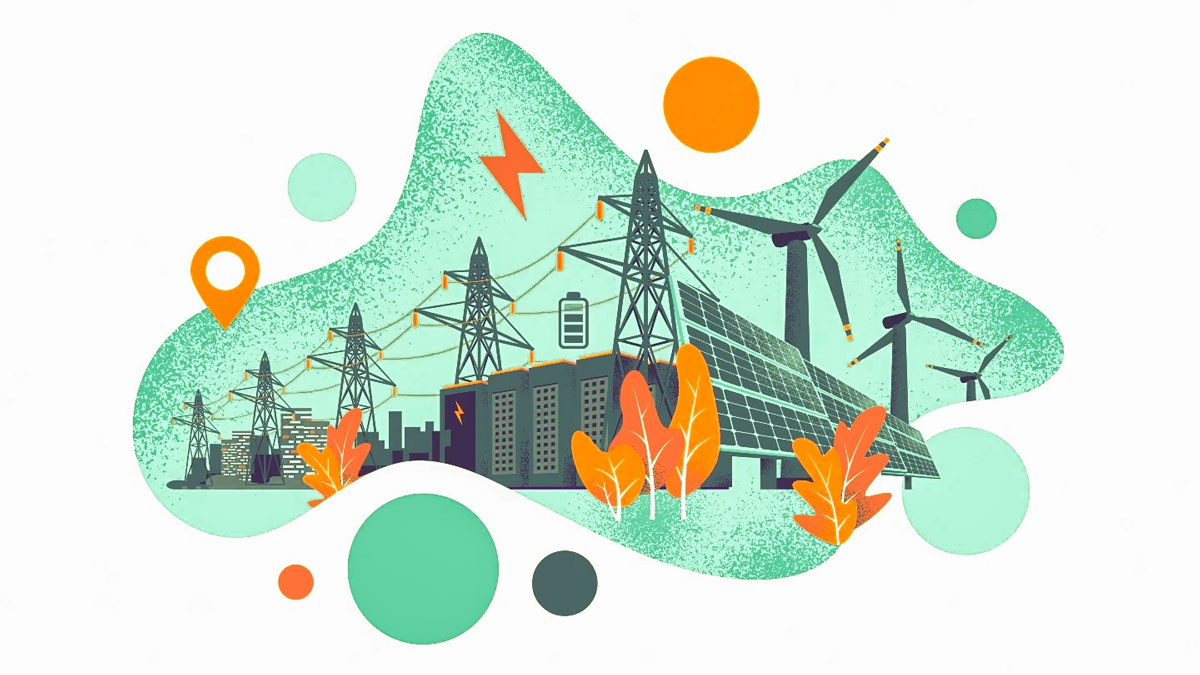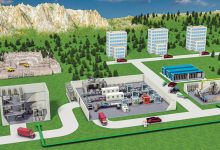Wells Fargo to Achieve Net Zero Greenhouse Gas Emissions by 2050
Wells Fargo took a major step in its efforts to support the transition to a low-carbon economy by setting a goal of net zero greenhouse gas emissions — including its financed emissions — by 2050. To help meet this ambitious goal, Wells Fargo will measure and disclose financed emissions for select carbon-intensive portfolios; set interim emission reduction targets; deploy more capital to finance climate innovation; and continue to work with its clients on their own emissions reductions’ efforts. The company will also launch an Institute for Sustainable Finance to manage the deployment of USD 500 billion of financing to sustainable businesses and projects by 2030, as well as support science-based research on low-carbon solutions and advocate for policies that enable client transitions.
“Climate change is one of the most urgent environmental and social issues of our time, and Wells Fargo is committed to aligning our activities to support the goals of the Paris Agreement and to helping transition to a net zero carbon economy,” said Wells Fargo CEO Charlie Scharf. “The risks of not taking action are too great to ignore, and collective action is needed to avoid the significant impact on our most vulnerable communities. We have a responsibility to help find solutions and are committed to deploying our resources and working closely with our clients in this transition.”
Five areas of focus
Setting a goal to achieve net zero greenhouse gas emissions by 2050
- Net zero goal includes Scopes 1, 2, and 3 financed emissions*.
- Wells Fargo achieved carbon neutrality in its operations (Scopes 1 and 2) in 2019.
Committing to disclose the company’s financed emissions measurement approach and provide more robust emissions data
- Disclose its approach to measuring Scope 3 financed emissions within a year.
- Enhance transparency and disclose financed emissions for select carbon intensive portfolios — including the oil and gas sectors, and power sector — no later than the end of 2022.
- Expand disclosures to eventually include all financed emissions as sufficiently reliable data becomes available.
Setting interim emission reduction targets for select carbon intensive portfolios, including oil and gas, and power
- Set and disclose interim targets for select carbon intensive portfolios — including the oil and gas sectors, and power sector — no later than the end of 2022.
- Set and disclose targets for additional sectors within a reasonable time after disclosing financed emissions for those sectors.
Establishing an Institute for Sustainable Finance
- Establish an institute that will work across the enterprise to support clients in their climate transitions.
- Deploy an additional USD 500 billion in sustainable finance by 2030, building on the USD 157 billion provided since 2012**.
- Support clients’ efforts to quantify their emissions.
- Support science-based research to aid clients in their low-carbon transitions.
- Advocate for policy initiatives that support clients’ low-carbon transitions as well as those that advance the U.S. meeting the goals of the Paris Agreement.
- Work to support communities as they prepare for and adapt to increasing weather-related impacts with a focus on low- and moderate-income and other vulnerable communities that are being disproportionally impacted by climate change.
Integrating climate considerations into Risk Management Framework
- Integrate climate considerations into the company’s Risk Management Framework, eventually utilizing sufficiently reliable data as it becomes available, and use client carbon transition plans in our decision-making processes.
The goals announced are critical next steps in Wells Fargo’s efforts to accelerate transition to an equitable and sustainable future, and they build on recent progress.
- In February 2021, Wells Fargo released its first Task Force on Climate-Related Financial Disclosures (TCFD) Report, which provides an update on the company’s progress managing climate related risks and opportunities.
- In its operations, the company has met and exceeded ambitious sustainability goals in its efforts to achieve carbon neutrality, including leveraging its annual energy spend to support the development of new renewable energy projects across the U.S. To date, Wells Fargo’s Corporate Properties Group has entered nearly 120 long-term contracts that support the development of over 750 megawatts of net-new renewable energy assets.
- The company has accelerated sustainable finance across lines of business, providing $157 billion in financing to sustainable business and projects since 2012. Recent highlights include reaching $10 billion in renewable energy financing and serving as a lead underwriter on sustainability-designated bonds, including two of the top five in municipal markets over the last three years. Wells Fargo has established senior Environmental, Social, and Governance roles within the enterprise and across lines of business and staff functions to further advance its efforts.
- Wells Fargo’s robust Environmental and Social Risk Management (ESRM) policies consider the full spectrum of risk when reviewing transactions with customers in certain sensitive industries, including oil and gas, and utilities. The company updates its ESRM policies as its understanding of social and environmental risks evolves and seeks to adhere to global best practices for managing these risks.
- In communities, Wells Fargo collaborates with leading government and nonprofit organizations to advance clean technology innovation, community resiliency, and green jobs. Its award-winning Wells Fargo Innovation Incubator is a collaboration with the U.S. Department of Energy’s National Renewable Energy Lab, and the company recently became a founding partner of the Rocky Mountain Institute’s Center for Climate Aligned Finance, which seeks to assist financial institutions in bringing portfolios of lending and investment activities in alignment with 1.5°C-consistent emissions pathway.
* Greenhouse gas emissions are categorized into three groups or ‘Scopes’ by the most widely used international accounting tool, the Greenhouse Gas (GHG) Protocol. Scope 1 covers direct emissions from owned or controlled sources. Scope 2 covers indirect emissions from the generation of purchased electricity, steam, heating and cooling consumed by the reporting company. Scope 3 includes all other indirect emissions that occur in a company’s value chain.
** In 2018, Wells Fargo announced its USD 200 billion sustainable finance commitment and updated the methodology for how it tracks progress. The 2018-2020 results are not comparable to previously reported results for the “finance environmentally beneficial business opportunity” progress statement. Wells Fargo’s current sustainable finance reporting methodology is available online.
About Wells Fargo
Wells Fargo & Company is a leading financial services company that has approximately USD 1.9 trillion in assets and proudly serves one in three U.S. households and more than 10% of all middle market companies in the U.S. We provide a diversified set of banking, investment and mortgage products and services, as well as consumer and commercial finance, through our four reportable operating segments: Consumer Banking and Lending; Commercial Banking; Corporate and Investment Banking; and Wealth and Investment Management. Wells Fargo ranked No. 30 on Fortune’s 2020 rankings of America’s largest corporations. In the communities they serve, the company focuses its social impact on building a sustainable, inclusive future for all by supporting housing affordability, small business growth, financial health and a low-carbon economy.







